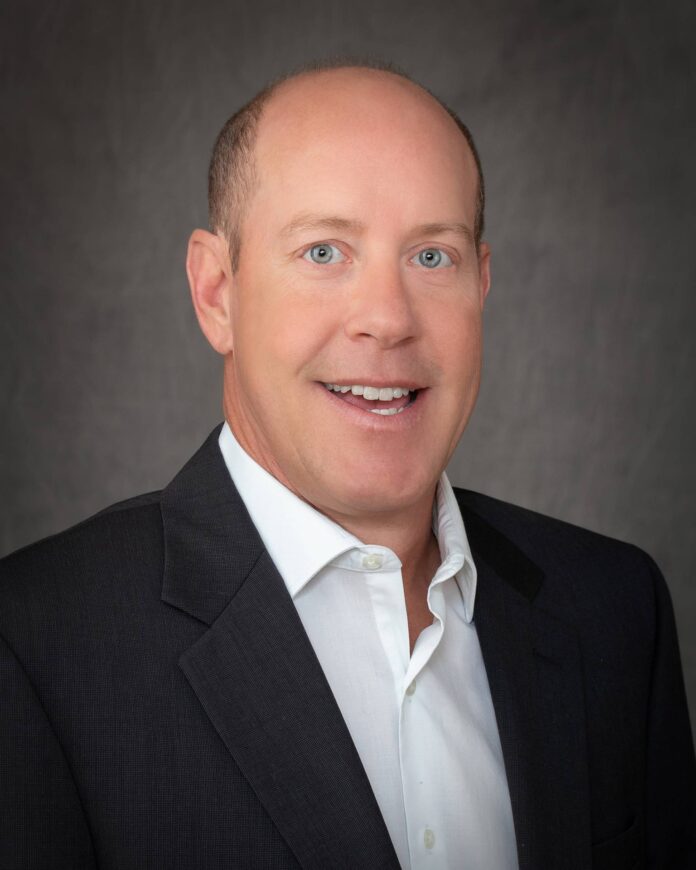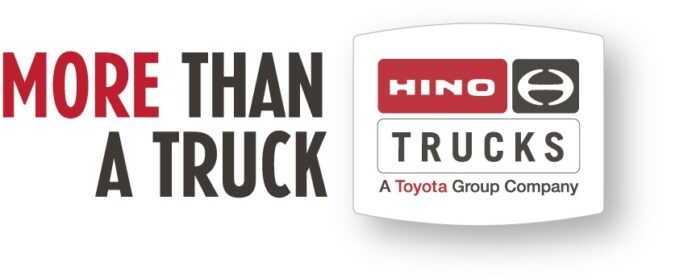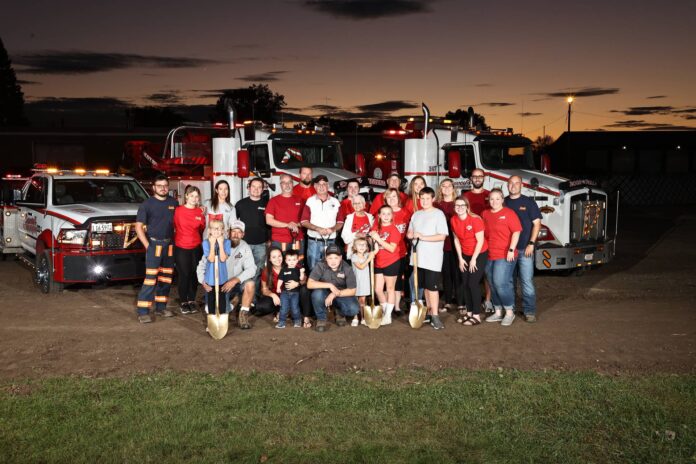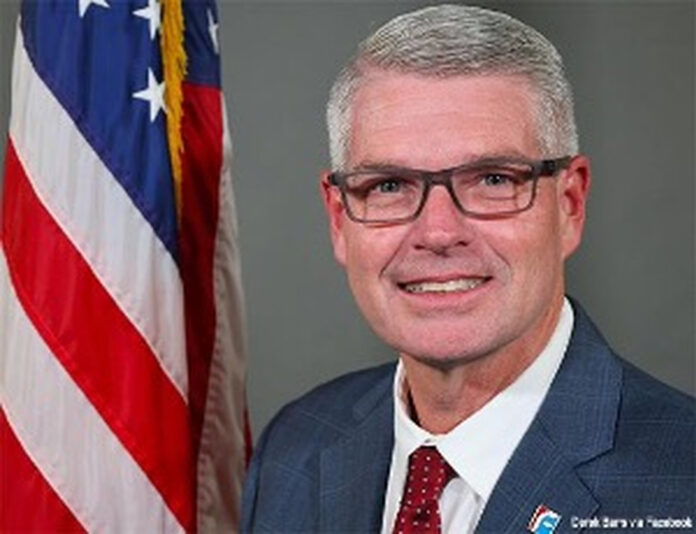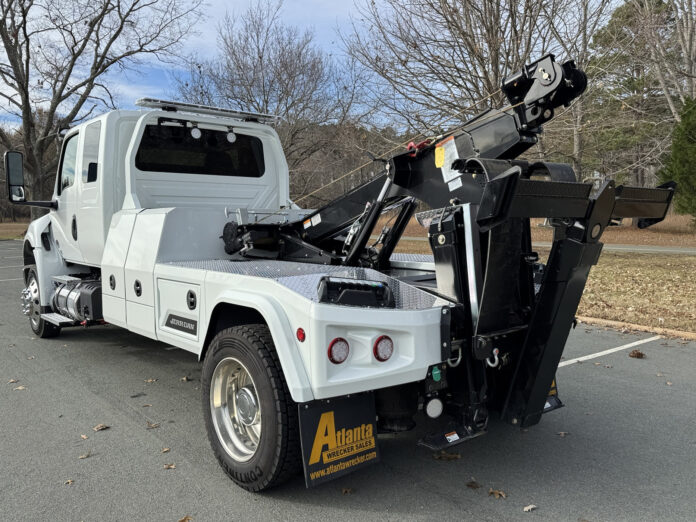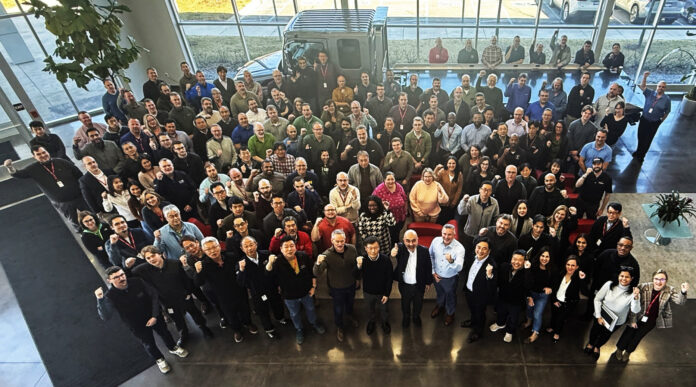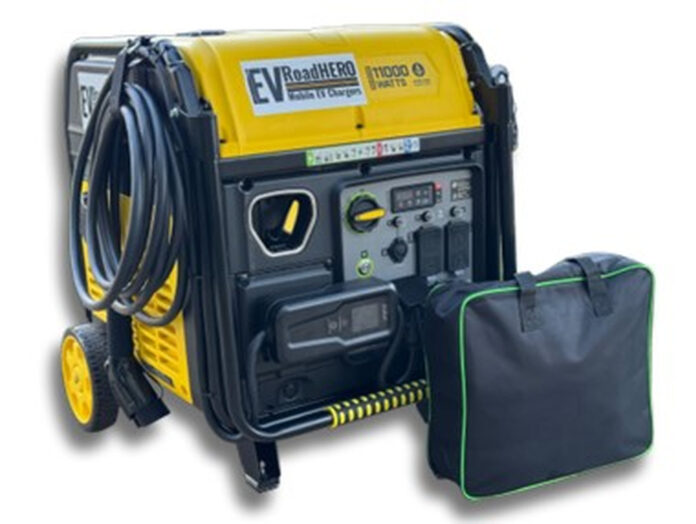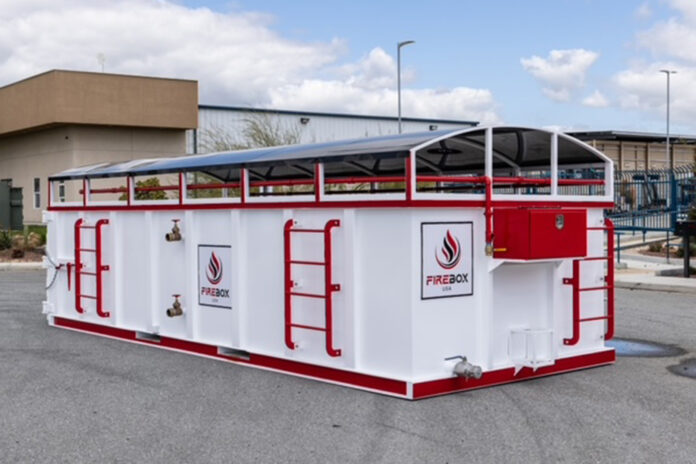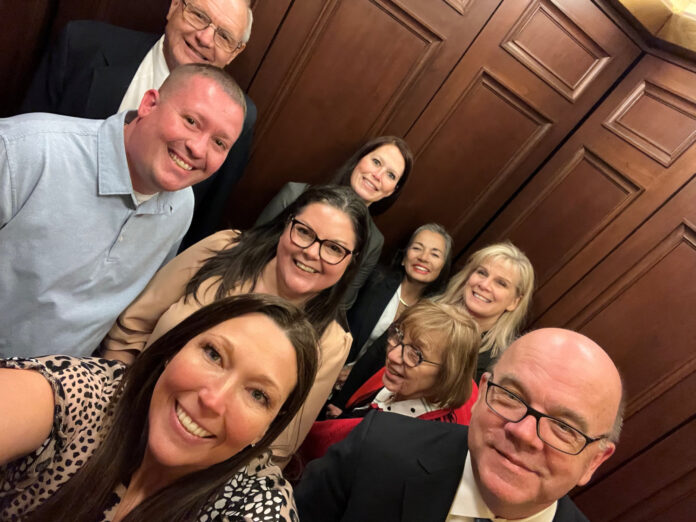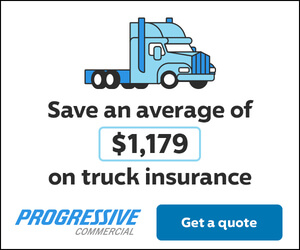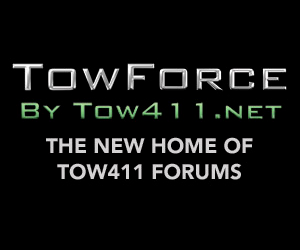I look back at my career in towing and realized that I have accomplished a lot. I’ve had the opportunity to write articles for Tow Times, American Towman Magazine, and Tow Professional Magazine for the past 11 years. At a variety of trade shows, I held seminars and trained hundreds of towers in how to be successful in private property towing. With those successes, I put them in a book that shows all the steps I took to be successful.
In 2009, I started one of the largest towing associations in the U.S. (Southwest Tow Operators, in Texas) which runs annually on a budget of $200,000. In 2009, American Towman Magazines awarded me Towman of the Year and I made the cover of their magazine. I was able to sell my business after just 7 years and had 2 bidders fighting for my company. At that point, I decided to retire, but I was quick to realize that retiring was not for me.
I wanted to continue to help owners with their business, so I started TowTrax, a phone app that gets towers the tows that they never had before. It’s a multimillion-dollar business and has two dozen tow companies holding part ownership in the business. If you are interested in buying ownerships in TowTrax, give me a call.
As my staff runs TowTrax, I want to continue to work in the industry, so I’m starting another business that gives me the opportunity to work directly with you and help you grow your business. I want to work with you as a consultant and offer all my knowledge to you. I developed a website which is loaded with videos that show step-by-step all the parts to starting a successful business. You can post questions you might have, decisions you are about to make, needing help, or problems you are facing, and you need an outside opinion.
You pay an annual fee of $75 and get me for the year. I also have a team of professionals that work with me and are excited to offer help to your growing business. These guys are retired businessmen who have faced the problems or obstacles you face in your day-to-day business and will help you overcome them.
Here is what my team can offer you in your business.
- Problem solving
- Identify inefficiencies, weaknesses, or challenges
- Provide customer strategies
- Special Expertise
- Brings knowledge the client does not have in-house. Things like finance operations, marketing, technology, legal compliance.
- Advice based on real world experience and proven methods.
- Business Growth
- Help increase revenue, improve profit margins, and expand markets. Offer guidance on branding business, advertising, pricing, and scaling the business.
- Implement systems for on-going improvement with municipal, consumer, and private calls.
- Training and Development
- Training employees, managers, or owners in best practices, leadership, or technical skills.
- Improve systems for on-going improvement. We can recommend driver certifications, safety, and professionalism
- We can help coach owners with leadership, hiring, and team building. Help staff with call handling, invoicing, and customer service.
- Operational Improvements
- Streamline workflows, cutting waste, or reducing cost, we can identify issues with dispatching, response time, or driver turnover.
- Improve customer service, dispatching software can also help you with customer complaints, or truck downtime, re-use, or internal processes. We have expertise in working with the police, motor clubs, and municipalities. We can help you face insurance problems and DOP compliance. Help you streamline GPS and call intake. Recommend software to track trucks, jobs, and payments. We can give you ideas to cut fuel waste, downtime, and unproductive labor hours.
- Strategic Planning
- Build business plans, marketing strategies, and investor pitching
- Help set and track goals for growth, exit planning, or investment. We can help boost cash flow through better pricing and billing processes. If you are looking to open a second location or sell the business, I have done it all. I offer a fresh set of eyes to help you evaluate your pricing, your employee performance, and customer experience. I can help you spot the weaknesses or missed opportunities your competitors are taking advantage of.
- Outside Perspective
- Provide feedback, unbiased feedback,
- See blind spots that owners or staff may overlook
When you read this article, you might take it as an advertisement for my new company. I assure you all the information in the article are things I addressed when I ran my business. I joined a group of business owners that got together and helped each other with our business problems. I was the only tow company listed in the group, and there were 10 of us. It was very helpful because I did not have to handle things myself.
I paid $500 a month, and it was worth every penny. I am offering you my services for an annual fee of $75 a year. If interested call me at 469-774-0340, text me at this number, or send me an email (dan@towtrax.com).

